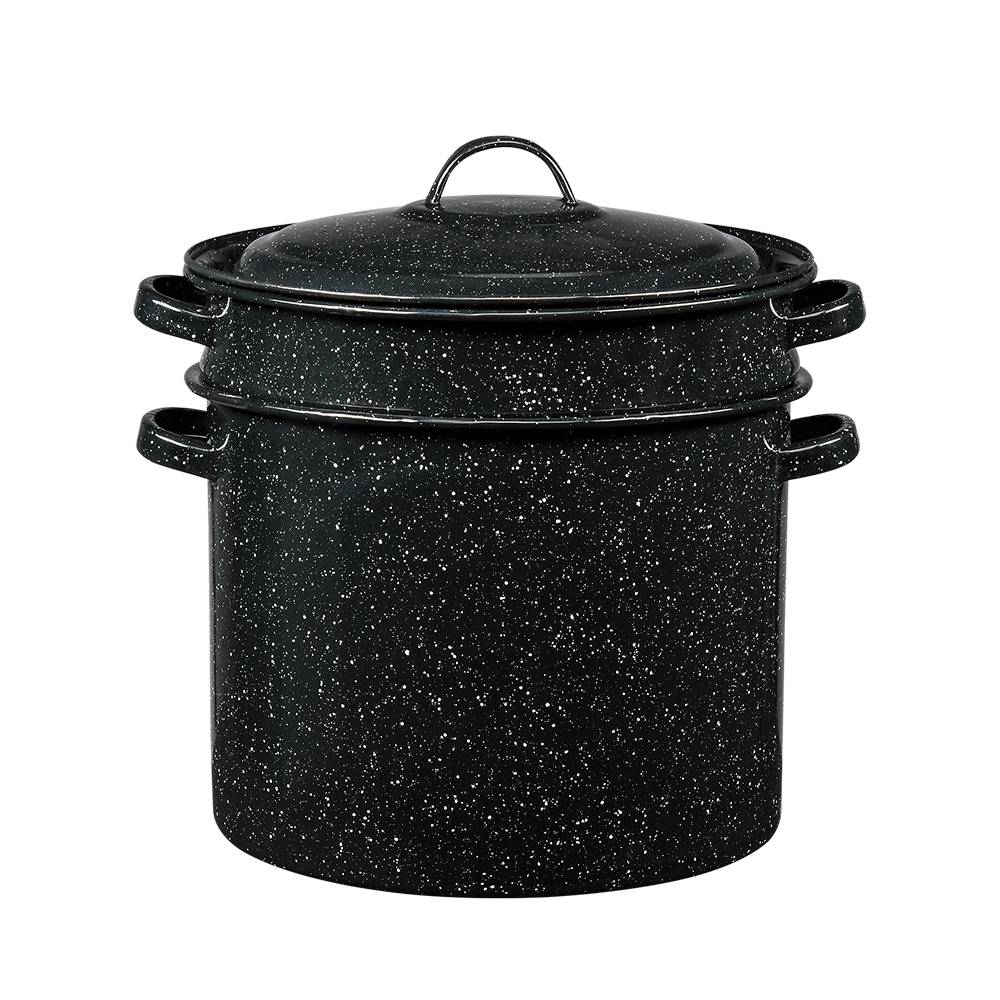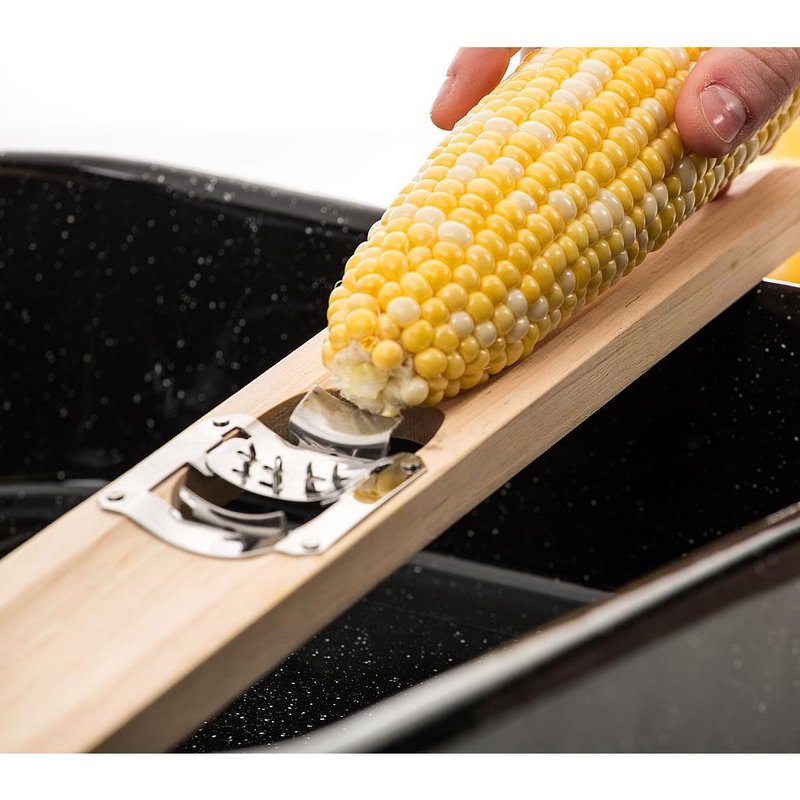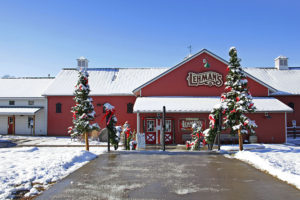 A modern and convenient way of preserving food is using the freezer. Over the harvest season we fill our family freezers with an abundance of veggies, fruits and meats for the winter in addition to what is dehydrated, fermented, on the canning shelf and in the root cellar. Although freezing is a very handy method, it does require having a freezer(s) and a reliable source of electricity. I’m always a tad nervous about power outages when our freezers are full, but we do have a generator for short term back up.
A modern and convenient way of preserving food is using the freezer. Over the harvest season we fill our family freezers with an abundance of veggies, fruits and meats for the winter in addition to what is dehydrated, fermented, on the canning shelf and in the root cellar. Although freezing is a very handy method, it does require having a freezer(s) and a reliable source of electricity. I’m always a tad nervous about power outages when our freezers are full, but we do have a generator for short term back up.
Like all preservation methods, some foods lend well to this option while others are not ideal so let’s take a look at what works and how to prepare produce for freezing. Fruits and berries are some of the easiest foods to freeze. Blueberries, strawberries, raspberries and other small berries simply need to be washed, allowed to drain well and put in quart or gallon plastic freezer bags. Our family uses frozen berries in smoothies, yogurt and sometimes just for snacking when half thawed. Harvesting your own or buying in bulk when they are in season makes good economical sense when you look at winter prices of fresh berries at the grocery store.
Moving on to vegetables, there are some that can simply be chopped raw and frozen in freezer bags. Peppers (green and colored) and garlic scapes (we like them chopped in one inch pieces) are two examples that are quick and easy to freeze. Many vegetables require blanching before freezing to retain good eating quality. Blanching involves heating them for a short time to neutralize enzymes and typically it is done with boiling water or steam. My favorite tool to accomplish this is the black enamelware blancher.

Green beans, broccoli, cauliflower and peas all require blanching in hot water, typically for 1-3 minutes, then chilled in ice water and drained before packaging. Sweet corn cobs are plunged into boiling water for several minutes, chilled in ice water and then the kernels are cut off the cob with a knife or corn cutter.

During busy summer days, a handy freezer trick is to freeze raw tomatoes whole and later thaw them to cook into sauce or juice when you have more time.
Even some greens can be frozen for winter use. For kale, chard or spinach, simply place leaves in a large pot with a small amount of water and heat until just wilted. They will greatly reduce in size and next you drain and package them for the freezer. I also put raw parsley or celery leaves in small freezer bags to use in making broth or soup. The Ball Blue Book is a good resource for blanching times and methods for freezing produce properly.
We also freeze generous supplies of the beef and chicken we raise plus you will find bones and homemade bone broth in our freezer. Another animal product we freeze is extra butter we make from our family Jersey cow. Butter freezes beautifully. You can also freeze regular milk or buttermilk, but they separate when thawed and are suitable for cooking but not ideal for drinking.
I aim to use things up in the freezer within a year. Left too long, you end up with freezer burn (yuck!) and quality issues so it is wise to keep inventory and defrost your freezer occasionally so you are using up things that might be hidden on the bottom. My family loves when I discover a forgotten bag of strawberries or blueberries or bacon!
*****
 Karen Geiser is a regular demonstrator and homesteading class teacher at Lehman’s.
Karen Geiser is a regular demonstrator and homesteading class teacher at Lehman’s.




























Excellent information, thank you!